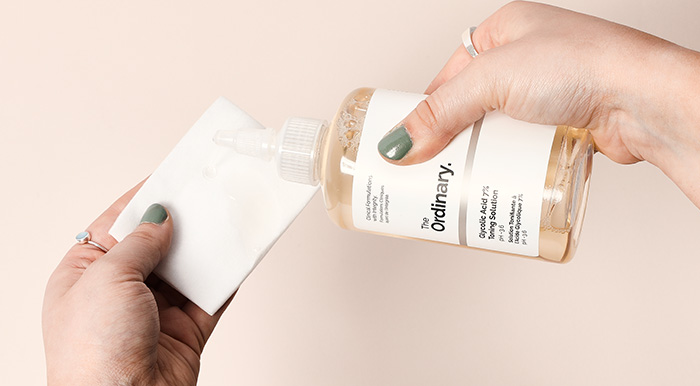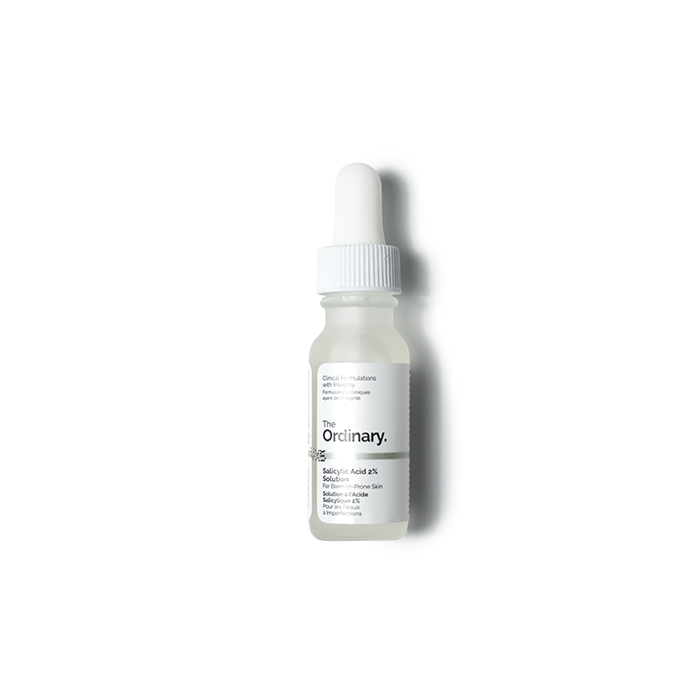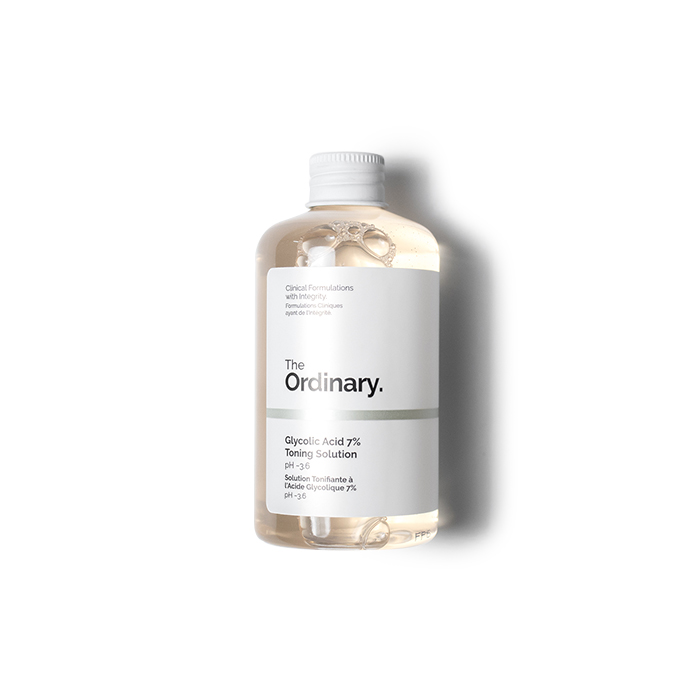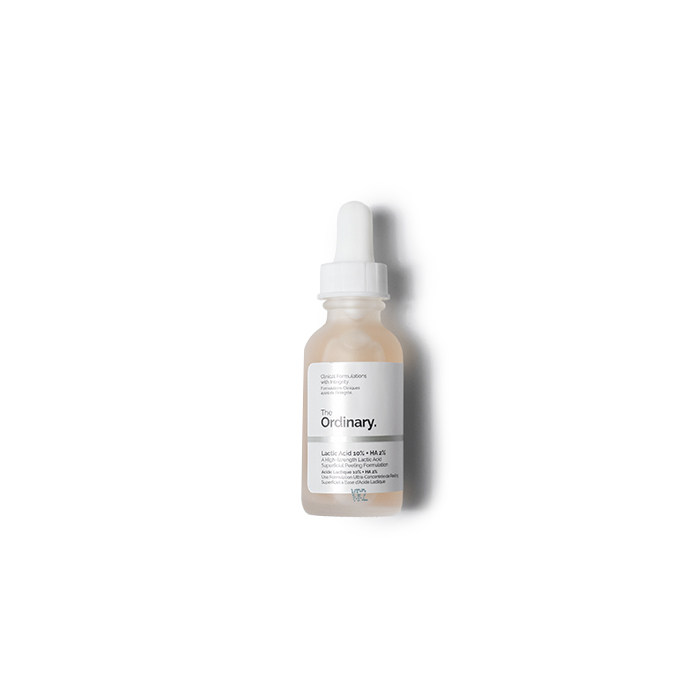Every time I recommend people add acids to their skincare routine, they look at me like I’m actually on acid. But the thing about acids is that they sound a lot scarier than they are – essentially, any product with a pH balance of less than 7 is an acid (skin actually sits at 5.5 so is acidic in itself). I love acids because there’s one to address every skin type and concern out there – and they’re so effective. If you have ageing, acne, pigmentation, or textural concerns (basically if you’re human), acids will help make for a clearer, brighter, smoother complexion – and who doesn’t want that?
Choosing the best acid for you is the hard part – especially when they’re often hidden deep in product ingredient lists. Fortunately, The Ordinary (a brand which values transparency and efficiency above all else) has identified the key and top performing acids and bottled them up in their own individual formulas – with minimal added ingredients, meaning the acids themselves are the stars of the show. If you want fast acting and high performance skin treatments, read on.
Salicylic acid is derived naturally from plants and is commonly found in blemish treatments because it’s antimicrobial and antibacterial – meaning it combats acne-causing bacteria as well as breaking down excess oil and pore-clogging dead skin cells. Unlike most blemish remedies, salicylic acid draws out impurities rather than drying them out. It has the ability to absorb deep into pores where it dissolves the ‘glue’ that binds blackheads to the skin.
This is a super effective acid because it’s made up of tiny molecules which can penetrate deeper into the layers of skin, and therefore take more effect. Glycolic acid works by dissolving the substance that holds cells together, which breaks down the top layer of skin. As the dead skin cells drop away, they’re replaced by new ones – which fades marks and reveals clearer, brighter skin. What’s more, alleviating skin of dead skin cells prevents pores blockage – which leads to blackheads and breakouts, and if fine lines are your issue, glycolic actually boosts collagen production (which will smooth them away).
Lactic acid is an AHA which acts in a similar way to glycolic acid, dissolving the upper layer of cells to kickstart the skin’s process of renewal – the production of fresh new cells that make skin look clearer and brighter. Its point of difference is that it’s not quite as strong – making it a better option for sensitive skin.
Azelaic acid is one for those who suffer from textural irregularities – bumps, swelling, rosacea, acne etc. It’s anti-inflammatory so it decreases swelling and redness and also helps to kill bacteria and prevent keratin production – both of which contribute to the development of acne. What’s more, it also helps to brighten dull skin and fade hyperpigmentation, making it a fast-acting and effective way to prevent blemishes lingering in the form of red marks.
A reminder that not all acids are exfoliating! Alpha Lipoic acid is an antioxidant, which – thanks to its ability to dissolve in both water and oil – is much more effective than standard antioxidants. A vital ingredient in anti-ageing skincare, antioxidants are the most effective way to slow the ageing process in skin as they combat free radicals – the oxygen molecules that damage enzymes and cell membranes, causing wrinkles and loose skin to form.
AHA and BHA are two terms used to group acids – e.g. Lactic and glycolic acids are AHAs – small, water soluble molecules that exfoliate multiple layers of skin. BHAs are oil soluble and generally a little less irritating for sensitive skin, e.g. salicylic acid. The fact that this contains a blend of both (glycolic, lactic, citric, salicylic, and tartaric acids feature) means that it’s a super powerful solution that really packs a punch.







